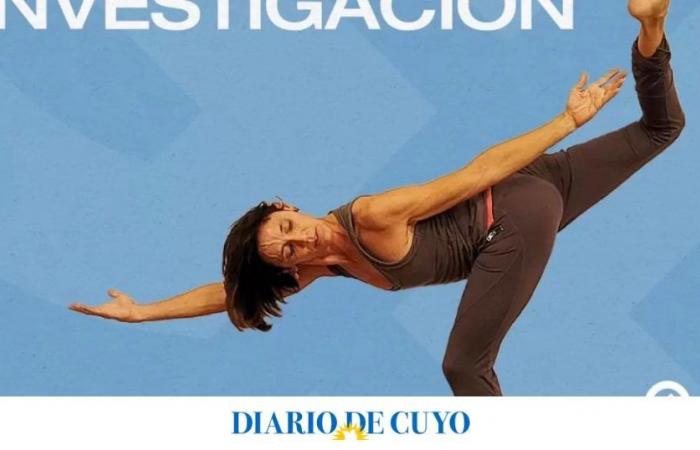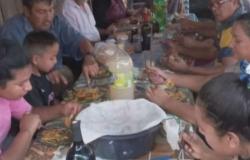He studied at the Graham School and the Alvin Ailey in New York and joined the Contemporary Ballet of the San Martín Theater, in whose workshops he has taught, as well as at the UNA. She has worked with different groups and independent companies; and created various shows. And since 2010 she has been in charge of Galpón FACE, a cultural space for artistic production and research. This is just a snapshot of Inés Armas, the dancer, choreographer, teacher and cultural manager from Santa Fe, with a marked interest in interdisciplinary and performative projects, who will return to San Juan to teach a Martha Graham technique seminar at Studio Uno (see separate). From Buenos Aires, she spoke with DIARIO DE CUYO.
– How necessary is it for a dancer to handle, or at least know, different techniques?
– Each technique is another tool and for the profession it is necessary to have many tools, because choreographers do not work in a single line, they are fused, so it is important to be trained in diversity. The choreographer is going to ask and the dancer has to be prepared, and I don’t just mean on an intellectual level, because he can understand what it is about, but on a physical level, that the technique has been passed through the body is very important.
– Is there any contemporary research in the country, at the Graham or Limón level for example; or are they detachments from them?
– Surely there are, we still don’t have names, history will tell; but there is a phrase from Martha Graham that I really like, “Nothing begins or ends, it only continues”; culture is like that. Taking elements from other techniques, Ailey, Limón, even from urban dances, breaking, locking, which were developed in the street and today are brought to the stage, is a trend. Dance is a language in permanent transformation, in movement, which is why many choreographers investigate these intersections, also with folklore. I hope some transcend from our Argentina, which has so many good choreographers and dancers.
– That freedom so typical of the contemporary has not infrequently been criticized by the most orthodox or purists…
– It happens, there are always people who want to preserve what was and that is very good too. What happens is that it is impossible not to transform, because times and needs change, bodies change, ways of practicing change; and it’s not that it’s better or worse. It is healthy, because we are talking about living arts, of movement. Graham herself embodied it at her time, she did not want to write the technique, codify it, because she always thought of it as an open source system…
– Under these premises, it seems that trying to academize it – there have been attempts – will be an impossible mission…
– The academy is always there and is valuable to save and archive knowledge, but there is also the ebullition of life and art, which is pure transformation. We do not have to think that they are opposites, but rather two lines in which culture develops. I think it is very important that as artists we have one foot in each one, academicizing and at the same time innovating, investigating, transforming. I talk a lot about investigating, that each student investigates with their own body, not repeating what is given to them.
– What is clear is that contemporary dance is not a minor dance… Is it that clear?
– Of course, no dance is worth more than another. These value judgments are useless. Precisely, with a great intellectual of dance, Susana Tambutti, who directs the UNA Research Institute, we are presenting a visual work at the CCK – Names that Dance -. On a huge mural, more than three thousand names of Argentine dancers, choreographers and teachers of the 20th century are displayed, where you have a dancer from the Colón, next to one from the Maipo and another who danced folklore. All dances contribute to culture in the same way. That of giving more value to one than another seems to me, if you will, an elitist vision.
– And as for the public, how necessary is it that they also handle certain information when viewing a work?
– I think it’s interesting when the audience that enjoys watching dance starts to want to know more, to look a little deeper, because understanding makes you see everything more interesting. To see Graham, it’s good, for example, to know a little about the history of this dancer who was quite rejected in ballet circles because of her body type. She had short legs and a very long torso, something not ideal for a classical dancer where the legs stand out much more. So she, with a lot of frustration, began to develop more, from her reality, the movement of the torso, connected to the primary act of breathing; and then to the contraction, which has to do with birth and life. She developed from a “limitation” and that is very important; and for the moment it was quite revolutionary. If the spectator becomes more internalized, he will enjoy it more, it’s like adding layers to the experience of watching a work.
Fact
Graham technique seminar with Inés Armas. June 28 and 29, beginner, intermediate and advanced levels. Studio Uno. Information and registration at 4320776.






